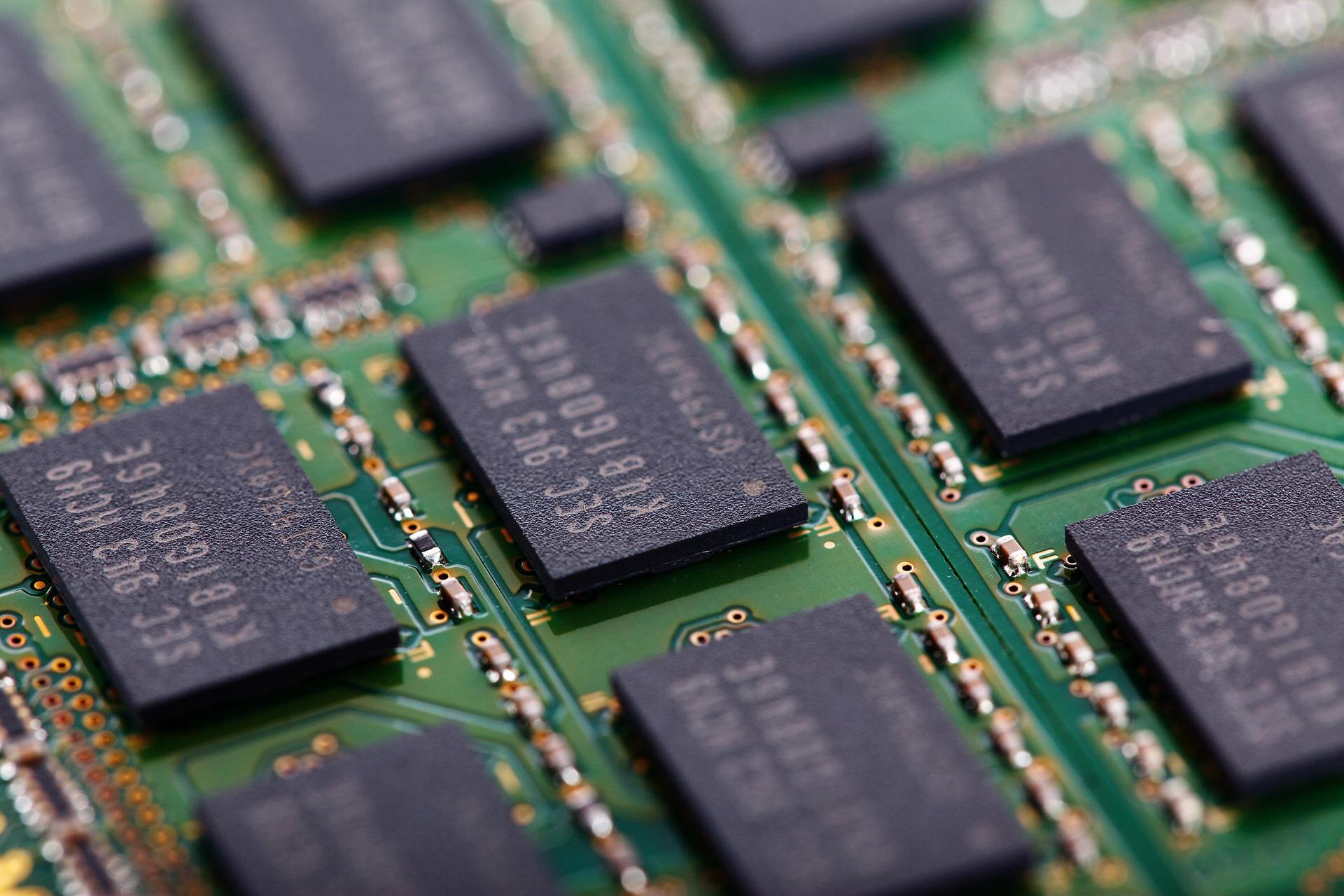
In a significant step towards strengthening its energy and semiconductor manufacturing capabilities, the Government of India has approved two major projects – the 700 MW Tato-II hydropower project in Arunachal Pradesh’s Shi-Yomi district and four new semiconductor manufacturing units across multiple states.
The Tato-II hydropower project will be executed by the North Eastern Electric Power Corporation (NEEPCO) with an investment of ₹8,146 crore. Designed to generate 2.7 billion units of power annually, the project is expected to be completed within six years. Once operational, it will play a critical role in meeting the power demands of the North-Eastern region while contributing to India’s renewable energy goals.
Alongside this, India has taken a bold step in the semiconductor sector, approving four new semiconductor projects to be set up in Odisha, Punjab, and Andhra Pradesh, with a combined investment of ₹4,594 crore. This move is part of the broader vision under the India Semiconductor Mission launched in 2022, aimed at creating a robust semiconductor ecosystem in the country.
Of these new units, two will be established in Odisha, one in Punjab, and one in Andhra Pradesh. The projects will focus not only on manufacturing semiconductor chips but also on key components such as Silicon Carbide, which is crucial for high-performance applications in the defense sector, space technology, and engine manufacturing. The Silicon Carbide project in Odisha will cater to both domestic and global requirements, positioning India as a strategic player in the semiconductor supply chain.
The government views the semiconductor industry as a foundational and strategic sector essential for the growth of manufacturing and technological self-reliance. Without a strong semiconductor base, no nation can position itself as a developed economy. The approval of these projects adds to the six semiconductor projects already sanctioned earlier, further accelerating the country’s progress in this field.
Under the Prime Minister’s visionary leadership, the focus has been on building a complete semiconductor ecosystem – from chip design to wafer fabrication, packaging, component manufacturing, assembly, testing, and final production. India is not limiting itself to manufacturing; it is also investing heavily in semiconductor design capabilities.
To nurture talent, semiconductor design tools have been provided to 278 academic institutions across the country. This is part of a long-term strategy to meet the growing demand for skilled professionals in the sector, which is expected to require around 1 million trained individuals by 2032. The demand for semiconductors in India is rising rapidly, driven by the expansion of the electronics manufacturing sector.
A noteworthy achievement in this initiative is that 17 institutions out of the 278 have already designed 20 chips, which have been manufactured at the semiconductor laboratory in Mohali. This means that college students in India are now gaining hands-on experience in chip design and manufacturing – a capability possessed by very few countries worldwide, and even then, only by select universities.
Such developments signify a major leap for India, ensuring that the country’s name features prominently whenever the global semiconductor industry is discussed. The government is determined to position India as a formidable competitor to major players like China and the United States in the semiconductor arena.
The combination of the Tato-II hydropower project and the new semiconductor units reflects India’s dual focus on renewable energy and advanced technology manufacturing. Both sectors are set to generate economic growth, create employment, and strengthen India’s strategic standing in the global market for decades to come.
Disclaimer:
This article is based on publicly available information and official announcements. All financial figures, timelines, and project details are provided for informational purposes only. The publication does not guarantee the accuracy of data and is not responsible for any decisions made based on this content. Readers are advised to verify details from official sources before making any investment or policy-related conclusions.




